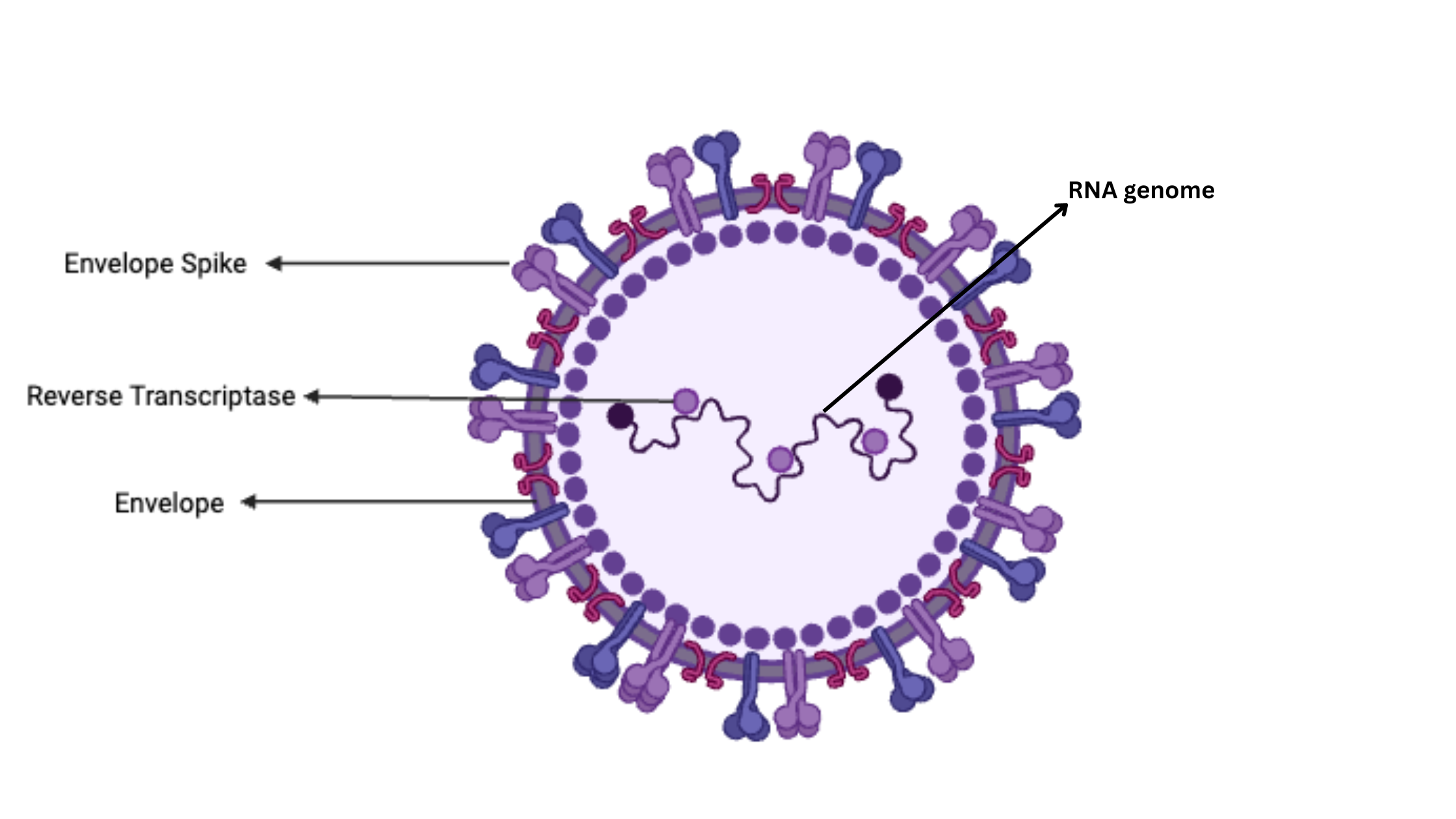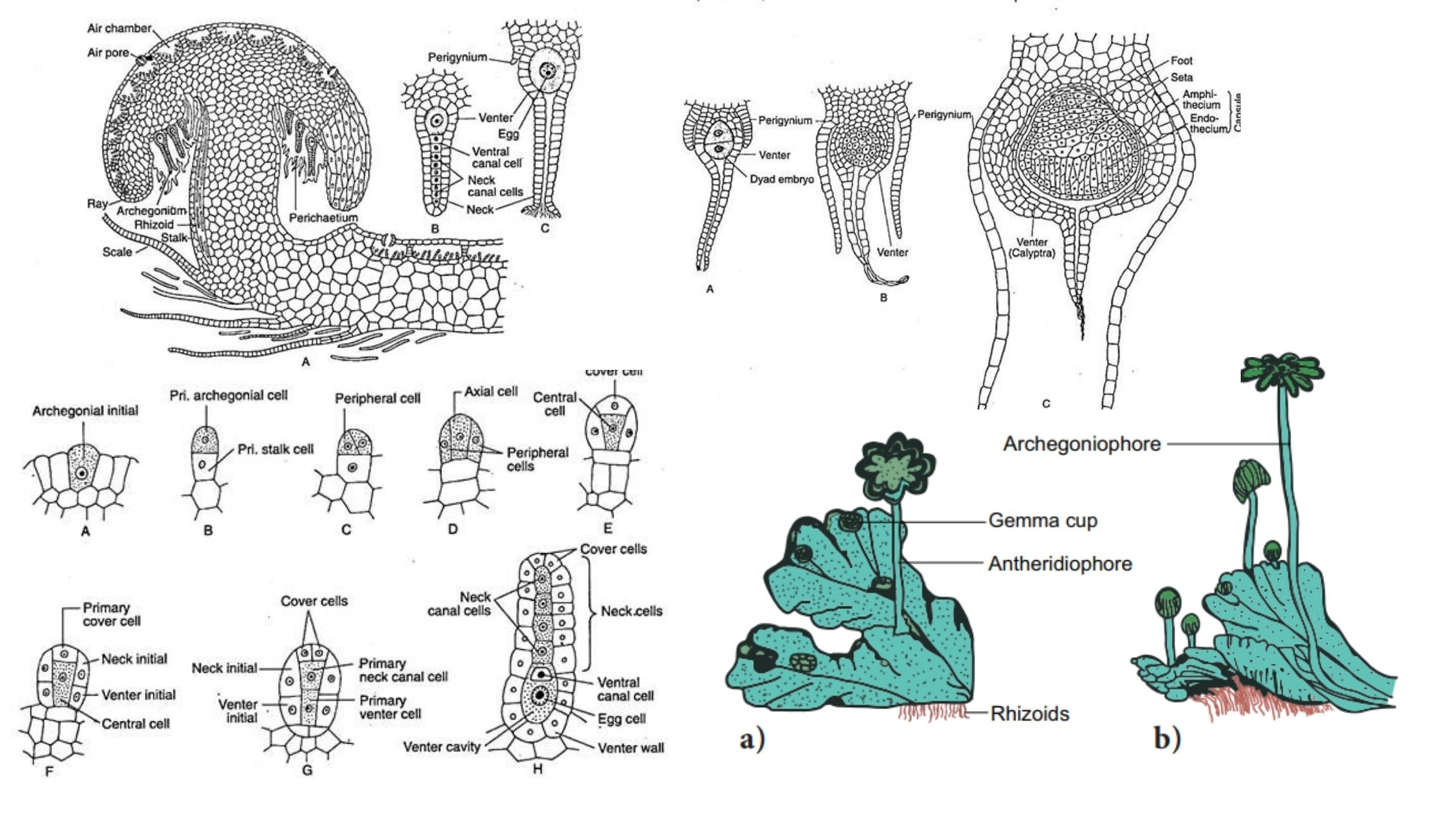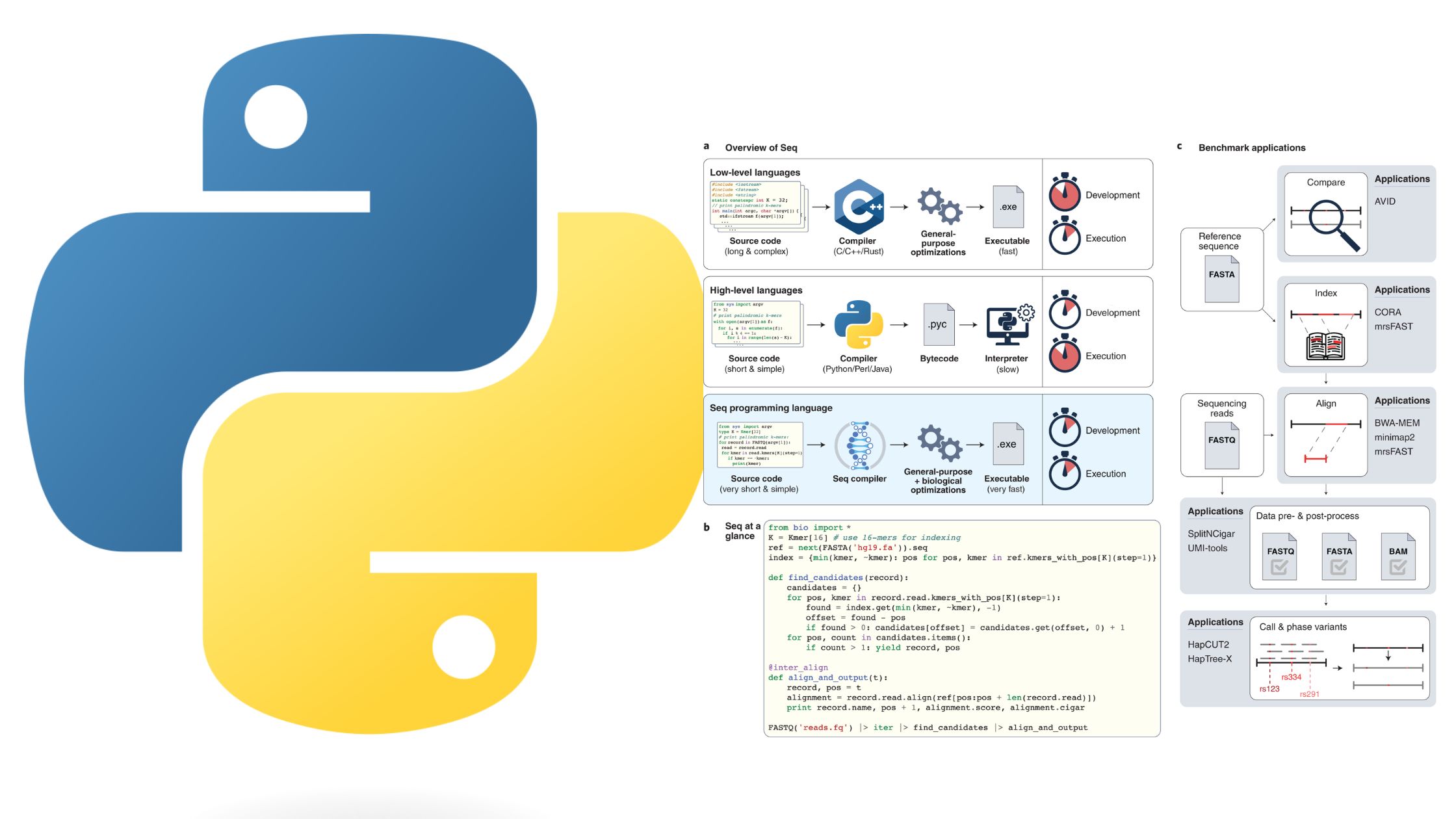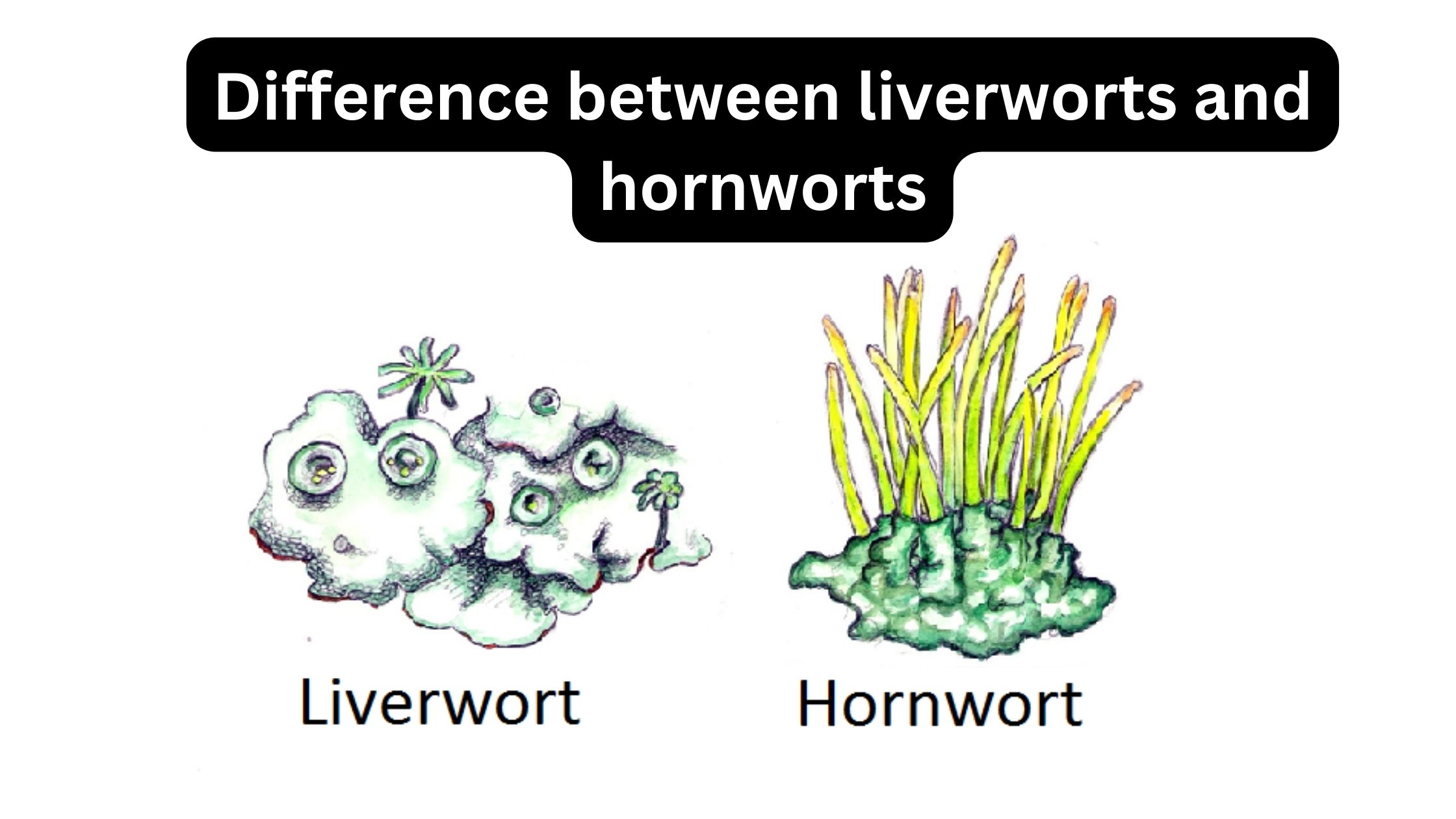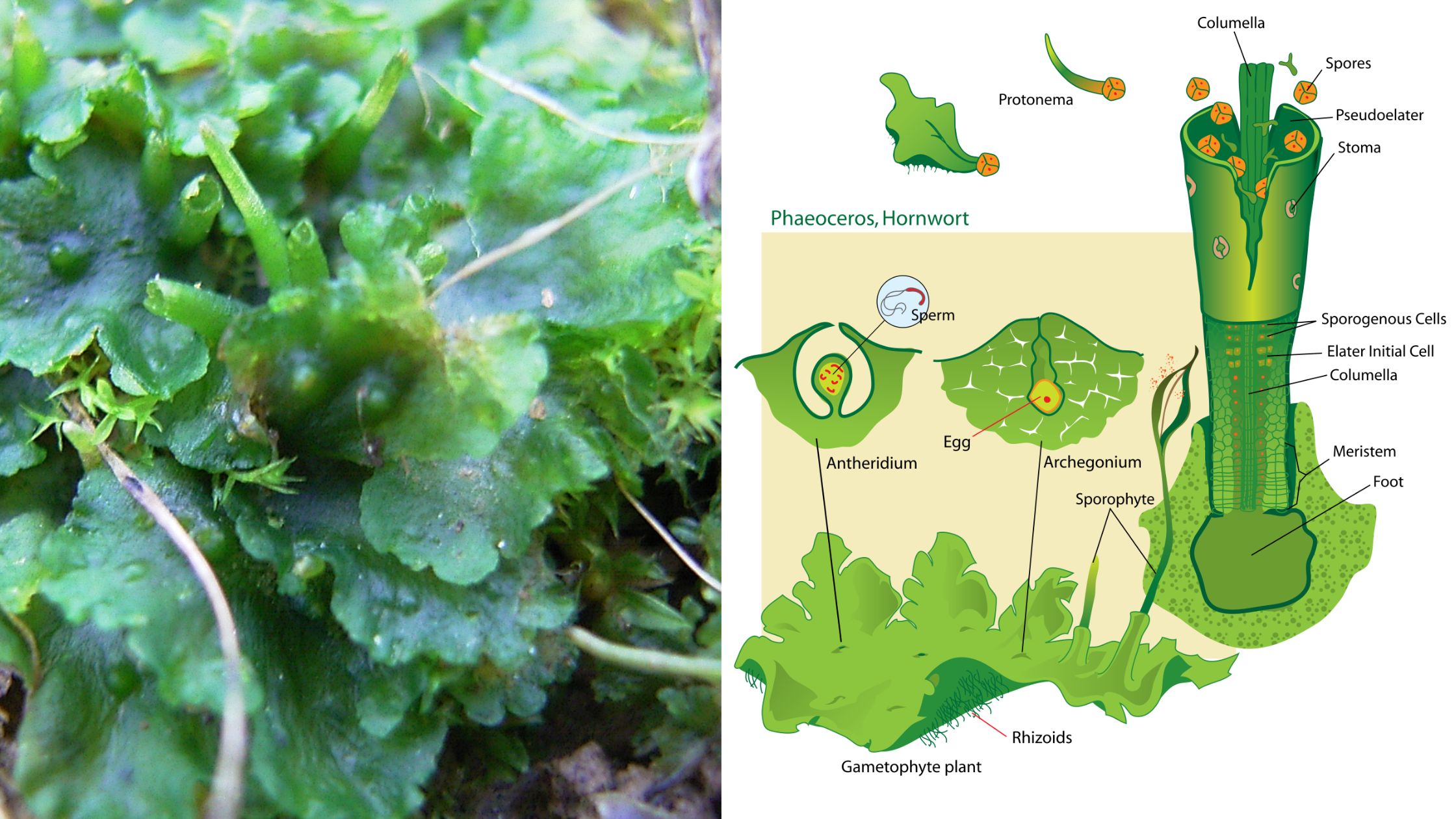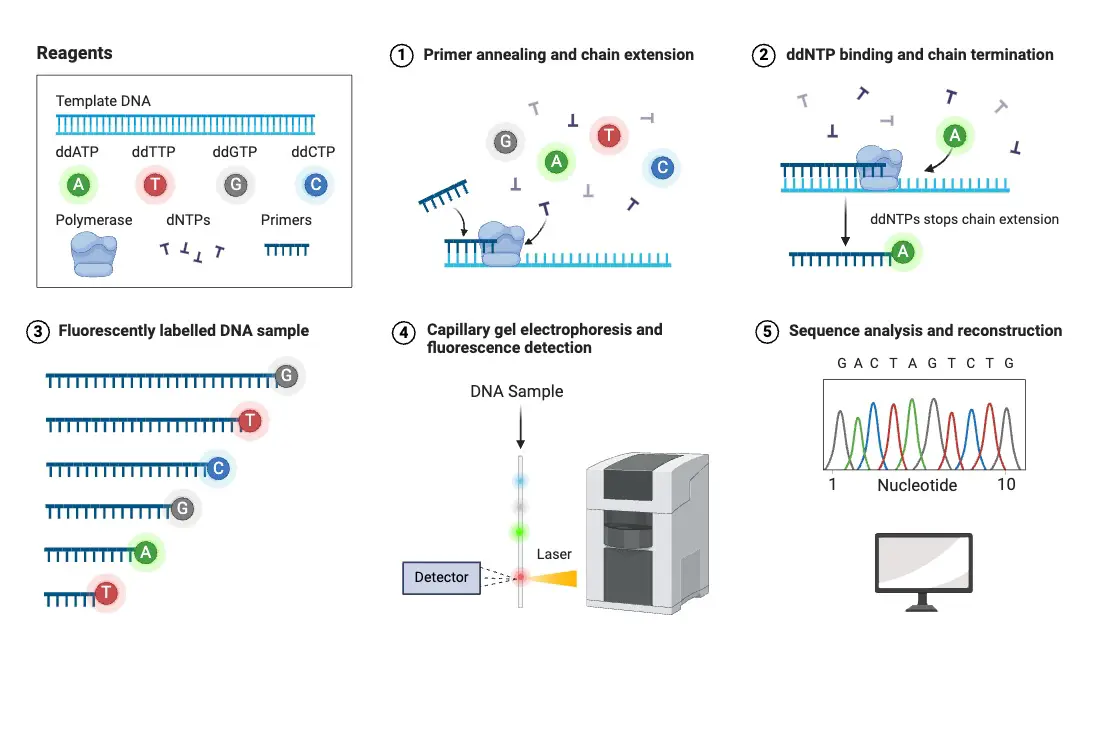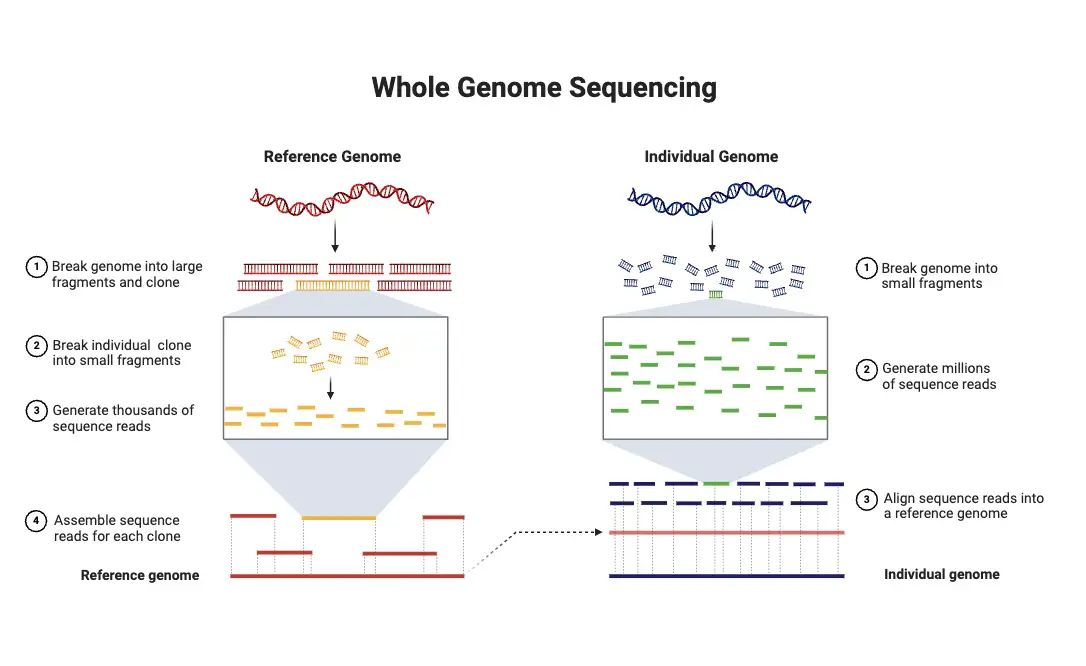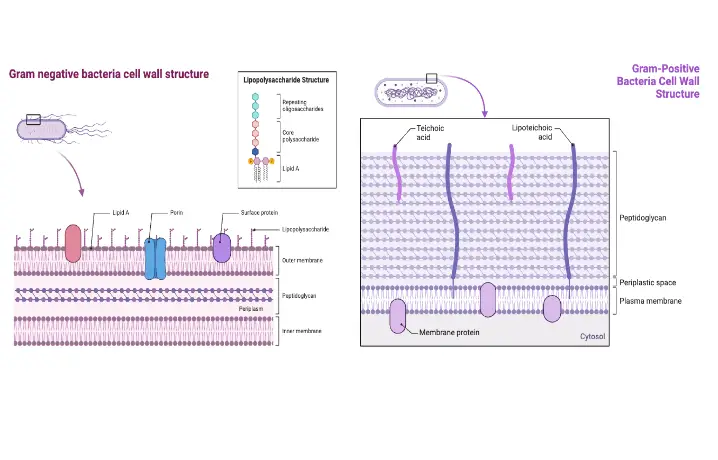Retrovirus – Definition, Types, Structure, Replication
What is a Retrovirus? Definition of Retrovirus A retrovirus is a type of RNA virus that replicates by converting its RNA genome into DNA through the enzyme reverse transcriptase. This DNA is then integrated into the host cell’s genome, where it directs the production of new viral particles. Retroviruses are associated with various diseases, including … Read more
